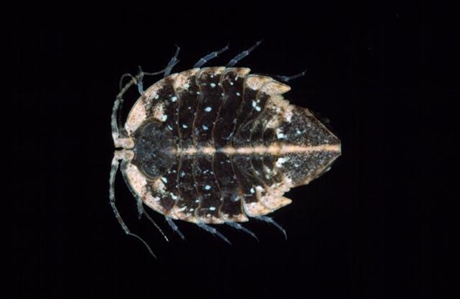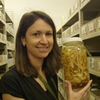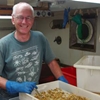General Description
Pereon and pleon bearing obvious dorsal tuberculation. Dorsal surface lacking setae, midline with low weakly produced tubercles; pleonal sternites 1-3 not markedly keeled; pleotelson with no obvious dorsolateral spines; uropodal exopod apically truncate. Up to 1.5 cm long.
Biology
Sand skaters use their discoid shape and camouflage to swim and walk about invisibly on the surface of sand in marine environments. They feed on the organic matter found in the sand.
Habitat
Intertidal to depth of 420 m.
Reefs
Distribution guide
Southern Australia.
Species Group
Depth
Shallow (1-30 m)
Deep ( > 30 m)
Water Column
Max Size
1.5 cm
Diet
Organic matter
Commercial Species
No
Global Dispersal
Recorded in Australia
Species Code
MoV 1270
Conservation Status
- DSE Advisory List : Not listed
- EPBC Act 1999 : Not listed
- IUCN Red List : Not listed







